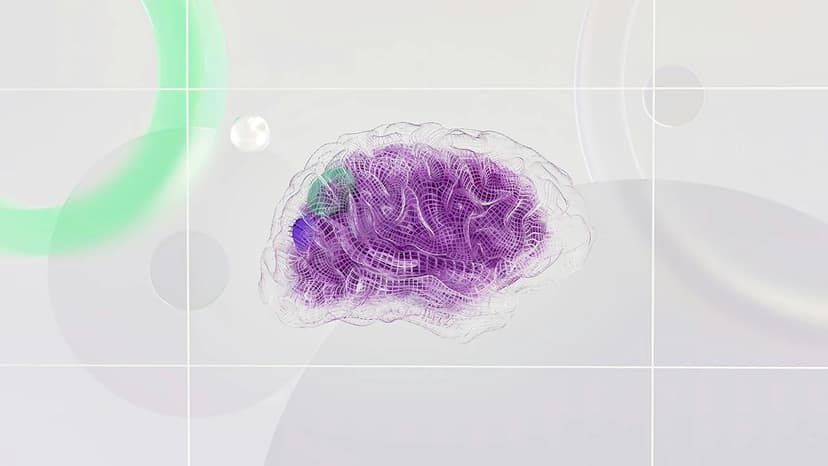Does Nvidia Have Its Own Large Language Model?
Picture a world where machines understand human language just as we do. They chat with us, answer questions, and maybe even predict what we need. Sounds thrilling, right? This is the magic of large language models (LLMs). When we talk about giants in this field, names like OpenAI and Google come up. But what about Nvidia? This article explores whether Nvidia, the graphics powerhouse, has its own large language model.
Who is Nvidia?
Let's start with a brief look at Nvidia. Nvidia is renowned globally for its graphics processing units (GPUs), which are crucial for gaming, professional visualization, data centers, and automotive markets. Their cutting-edge technology has transformed the landscape of computing, making previously impossible tasks achievable. More about them can be found on Nvidia's official website.
The Need for Large Language Models
Large language models are sophisticated algorithms that have been trained on vast amounts of text data. They can understand, generate, and respond to human language in a remarkably accurate way. These models are the backbone of advancements in artificial intelligence (AI). From generating human-like text to synthesizing new pieces of information, the applications are limitless.
Companies like Google, with its BERT model, and OpenAI, with its GPT series, have shown the significant impact of these models in real-world scenarios.
Does Nvidia Have Its Own Large Language Model?
The short answer is – Yes! Nvidia, known primarily for its GPU innovations, is also venturing deep into the AI space, including large language models. Their model, known as "Megatron," is a testament to their capability in AI advancements.
Meet Megatron
Nvidia introduced Megatron, a transformer-based language model, which is their foray into the large language model domain. While not as publicly prominent as OpenAI's GPT-3, Megatron showcases Nvidia's expertise in machine learning and artificial intelligence.
What is Megatron?
Megatron is designed using the transformer architecture, the same foundation as used by other leading language models. Nvidia's expertise in GPU computation allows Megatron to efficiently handle colossal datasets and complex computations faster and more effectively. The primary aim is to leverage Nvidia's strength in hardware to break new grounds in AI research and development.
Why is Megatron Significant?
Nvidia's entry into large language models signifies their commitment beyond just hardware. Here’s why Megatron is a game-changer:
-
Performance: Nvidia's GPUs, specifically their Tensor Cores, significantly enhance the processing speed for training and running AI models. This performance edge is leveraged to make Megatron more capable and faster.
-
Scalability: Nvidia’s architecture allows scaling the model to train on vast datasets and utilize distributed computing, which was once a bottleneck in model training.
-
Integration: Megatron isn't just another model; it integrates seamlessly with Nvidia's AI libraries and frameworks like TensorRT and the Nvidia GPU Cloud (NGC). This integration facilitates easier deployment and optimization in AI-driven applications.
-
Collaboration: Nvidia collaborates with leading academic and research institutions, enhancing Megatron's capabilities. These partnerships drive continuous improvements and innovations.
Applications of Megatron
Megatron can be used in a variety of applications. Here are a few:
-
Natural Language Understanding: Megatron shines in understanding and interpreting human language, aiding in applications ranging from customer service chatbots to sophisticated language translation.
-
Content Creation: Whether it's writing articles, generating creative content, or summarizing information, Megatron acts as a versatile tool for content creators.
-
Research and Development: In academia and industry, Megatron is instrumental for researchers working on advanced AI projects, enabling them to push the frontiers of knowledge.
Nvidia's Broader AI Ambitions
While Megatron is a significant piece of the puzzle, it fits into a much larger picture of Nvidia's ambitions in AI. Nvidia's focus on AI extends across various sectors, including healthcare, automotive, and robotics. For example, their Clara platform revolutionizes medical imaging, while their DRIVE platform is pivotal for autonomous vehicle development.
Nvidia’s journey from being a GPU giant to an AI pioneer is fascinating. Their large language model, Megatron, underscores this evolution, illustrating their commitment to advancing the field of artificial intelligence. By leveraging their hardware expertise and forming strategic collaborations, Nvidia is poised to make substantial contributions to the AI landscape.
Next time you think about large language models, remember that Nvidia, with its Megatron, is right there in the mix, contributing to the AI revolution and helping to shape our future interactions with machines. Fascinating, isn't it?












